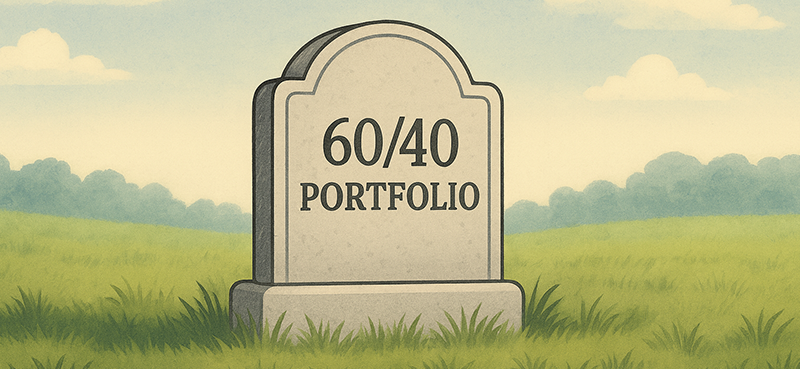Option buyers have two enemies: time and volatility.
But the opposite is true for option sellers.
These traders benefit from the passage of time and heightened volatility.
Today, we’ll tell you why… and show you a popular method for generating income—one that could also help you time the market.
But first, a little trip back to the basics.
Options 101
An option is a financial instrument that gives its owner the right, but not the obligation, to buy or sell a security at a specific price during a specific time period (until the option contract expires).
Because options are in essence financial contracts, they always have two sides: the buyer and the seller.
Just like everywhere else, the buyer benefits when the option price is lower… and the seller benefits when the price is higher.
All else equal, the further the option is from expiration, and the more volatile the stock, the higher the option price will be.
The passage of time translates to the loss of “time value” for an options contract… making options less and less expensive until, at expiration, the time value declines to zero.
Buying puts is a bearish strategy—i.e., you benefit when the market or underlying security moves lower.
But selling a put is a bullish strategy. It’s a great way to both generate income… and buy stocks you want to own at a discount.
Here’s how it works…
Cash-secured puts: A win-win for market bulls
The cash-secured puts method calls for selling a put option on a stock you want to buy… with a strike price set below the stock’s current price. (“Cash-secured” simply means you must have cash in the account to back up your trade.)
For example, you have cash in your account and want to own a company we’ll call Acme, a steady business with a strong outlook.
But you feel at $100 per share, Acme is a tad too expensive. You’d be happy to own 100 shares at $90 per share, though. (One options contract = 100 shares.)
In this case, you can sell one put contract with a strike price of $90. Let’s say a contract expiring in three months is trading at $2 per share. By selling one contract, you’ll collect $200 ($2 x 100 shares) upfront—while taking on the obligation to buy Acme at the strike price of $90 if the stock declines.
By selling a put option, you can achieve two goals:
- You collect the premium—and if the stock is above the strike price at expiration, you get to keep this entire amount.
- If the stock declines to the strike price or below by expiration, it means you now own the stock. That’s because by selling a put, you promise the put buyer (the other side of the transaction) that you will buy the stock at the predetermined price. This is why you should have enough cash on hand to buy (or to be “put”) this stock.
Put simply, you’ll be required to buy Acme at $90 if the stock declines. But this is what you wanted all along—to buy this stock at a lower price.
Let’s look at possible scenarios in more detail.
- Acme drops below $90 at expiration. You’ll be assigned 100 shares at $90 per share… and you get to keep the $200. Your total cost will be $8,800 ($90 x 100 shares – $200)… vs. $10,000 three months ago.
- Acme trades above $90 at expiration. It’s not likely you’ll be assigned the stock (it ultimately depends on the stock’s path between now and expiration), but you get to keep the $200 and, if nothing has fundamentally changed, you can repeat the process and continue to collect income.
In the ideal scenario, you get to own the stock at a lower cost… and collect the premium, too—a win-win.
In time, this ideal scenario would give you a significant advantage over buying the stock outright.
Just remember: Never sell a put on a stock you don’t want to own.
Do your homework, and don’t sell a put based on a high premium. Stay conservative… and keep your price target in mind.
The bottom line: Selling a cash-covered put allows you to take advantage of a moderate pullback in the short term and a bull run thereafter… or to earn income if the stock marches in place.
This is a smart, conservative way to both generate income… and purchase stocks you want to own at a discount.
Editor’s note:
For more investing strategies and deep market insights, make sure to tune into Wall Street Unplugged Premium.
Each week, Frank and Daniel break down the latest market-moving headlines… and how to position yourself for profits.





















